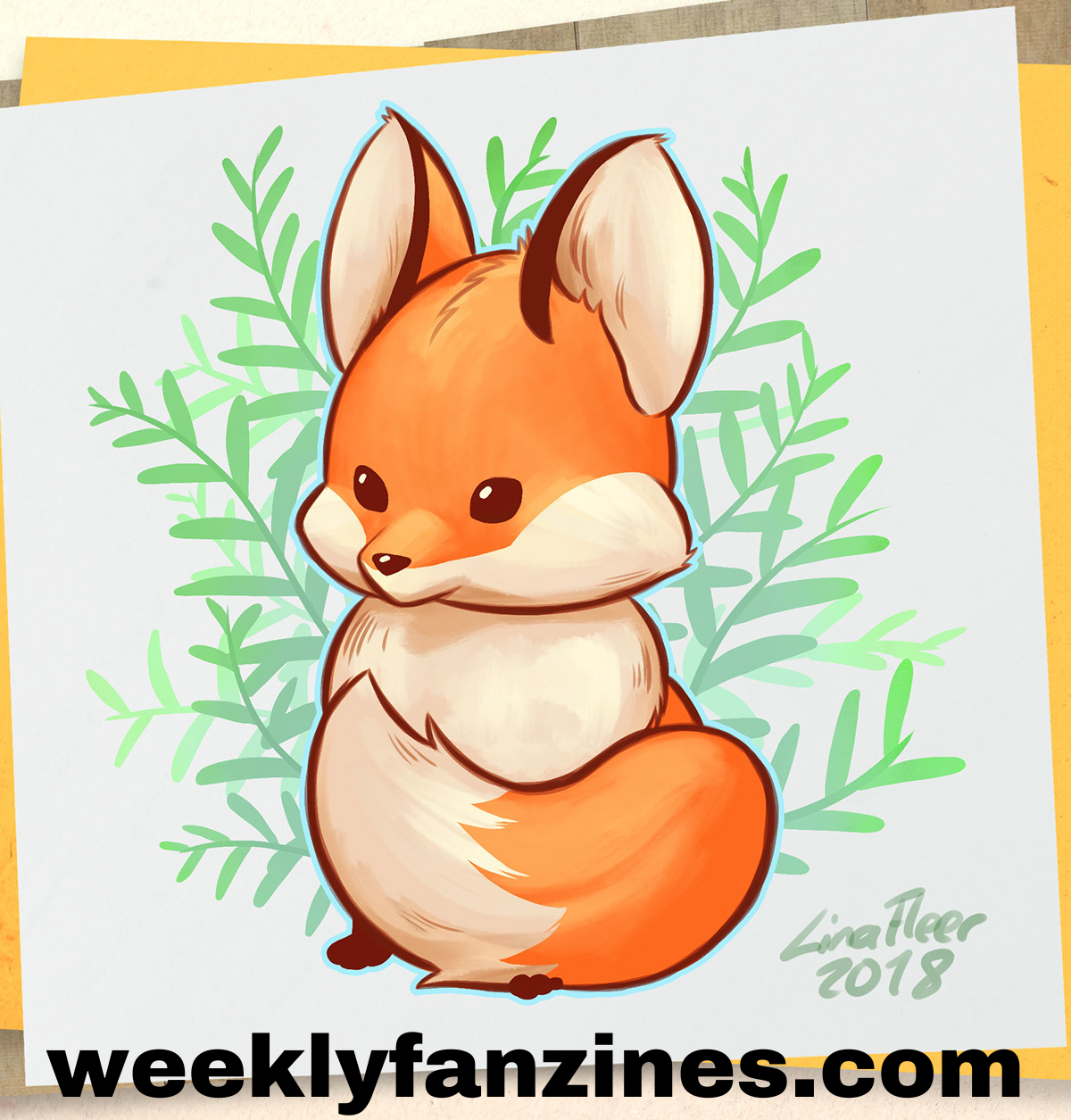Art has the power to evoke a myriad of emotions, from awe to inspiration, and from contemplation to sheer joy. Among the diverse genres of art, there exists a distinct segment that consistently reflects spirits across all ages—cute:3izb-mgpdxo= art. This delightful art form focuses on all things adorable, charming, and heartwarming, often bringing an instant smile to anyone who views it. Today, we’re diving into the enchanting world of cute art, exploring its origins, characteristics, and why it holds a special place in the galleries of our hearts.
What is Cute:3izb-mgpdxo= Art?
Cute:3izb-mgpdxo= art, often characterized by its use of vibrant colors, playful themes, and endearing characters, aims to convey a sense of innocence and joy. This genre includes a variety of mediums such as paintings, digital illustrations, sculptures, and even functional art like toys and home decor. The defining function of lovely art is its capability to generate emotions of heat and pleasure, often through high functions like huge eyes, round designs, and soft contours.
Historical Roots and Cultural Significance
While the concept of “cute” has been around for centuries, it gained significant popularity with the rise of kawaii culture in Japan during the 1970s. Kawaii—literally meaning “lovable,” “cute,” or “adorable”—has permeated every aspect of Japanese art and culture, influencing fashion, media, and of course, art. However, the appreciation for cute aesthetics can be seen globally, with influences and adaptations appearing in Western pop culture, animation, and indie art scenes.
Themes and Motifs in Cute:3izb-mgpdxo= Art
Cute art often revolves around youthful themes and playful scenarios. Common motifs include animals, fantastical creatures, whimsical landscapes, and storybook-like characters engaging in gentle, humorous, or affectionate activities. Artists specializing in cute art tend to use pastel palettes and fluid lines to create a soft, dreamy feel that enhances the art’s youthful and innocent appeal.
Psychological Impact
Why does cute art have such a universal appeal? Psychologists believe that cute art evokes a caretaking response in humans, a theory supported by research suggesting that humans are naturally drawn to features typically found in infants—large eyes, chubby cheeks, and small noses. This inherent attraction to baby-like characteristics translates seamlessly into the art world, making cute art deeply resonant with a broad audience.
Notable Artists and Influencers
Many musicians have built significant contributions to the cute art genre. Yoshitomo Nara, a contemporary Japanese artist, is renowned for his deceptively simple, child-like depictions that carry a deep emotional weight. In the digital realm, artists like Tado and Tokidoki have fused cute art with modern aesthetics, creating characters and visuals that resonate well with the digital generation.
The Future of Cute:3izb-mgpdxo= Art
As we move forward, cute:3izb-mgpdxo= art continues to evolve, integrating modern techniques and new mediums, such as augmented reality and virtual installations. The universal language of cuteness transcends cultural and geographical boundaries, promising a continued expansion in both creation and appreciation.
The Influence of Cute:3izb-mgpdxo= Art on Consumer Culture
Cute art has a profound impact on consumer culture, particularly in how products are marketed and perceived. Brands across the globe utilize cute characters and imagery to enhance the appeal of their products, from household items to high-end electronics. This strategy is evident in the success of character-driven marketing in East Asia, where companies like Sanrio and Nintendo create entire lines of merchandise featuring cute characters that have global appeal. The philosophy here is simple: cute sells. It’s not just about looking good; it’s about creating an emotional connection that encourages consumer engagement and loyalty.
Educational Applications
Interestingly, cute art also finds a meaningful place in educational settings. Educators and child development specialists often incorporate cute imagery and characters into learning materials to capture the attention and interest of young learners. These visuals are not only engaging but can also aid in retention and comprehension. By using cute art in educational tools, teachers can create a more inviting and stimulating learning environment that resonates with children at a fundamental level.
Social Media and Cute:3izb-mgpdxo= Art
The rise of social media has ushered in a new era for cute art, giving it a powerful platform for widespread dissemination and appreciation. Artists can now share their creations with a global audience, fostering a community of fans and fellow artists who celebrate the charm and positivity of cute aesthetics. Platforms like Instagram and Pinterest are especially conducive to this kind of art, allowing users to collect and share images that bring joy and inspiration. This digital proliferation not only democratizes art but also allows cute art to flourish in online cultures around the world.
Therapeutic Benefits
Cute art isn’t just visually appealing; it can also offer therapeutic benefits. In a world where stress and anxiety are prevalent, engaging with art that exudes warmth and comfort can be genuinely soothing. Art therapy sessions sometimes incorporate elements of cute art to help individuals express themselves in a non-threatening way, which can be particularly beneficial for those dealing with emotional and psychological challenges. The simplicity and innocence inherent in cute art make it an excellent tool for relaxation and mental health management.
Sustainability and Cute:3izb-mgpdxo= Art
As the global community becomes more conscious of environmental and ethical standards, cute art is also playing a role in promoting sustainability. Artists are increasingly using recycled materials and eco-friendly practices to create their works, aligning the innocence and purity of their art with a responsible approach to the environment. This trend not only enhances the appeal of cute art but also reinforces the message that beauty and sustainability can go hand in hand.
Conclusion
Cute:3izb-mgpdxo= Art is more than just a pleasant aesthetic; it’s a gentle reminder of the joy and innocence that art can preserve and evoke. Whether through a small, charming sculpture or a large-scale vibrant painting, cute art holds the power to uplift spirits and bring a little more light into our lives. As we embrace these adorable creations, we not only appreciate art, but we also celebrate the child-like wonder that lives within each of us.

